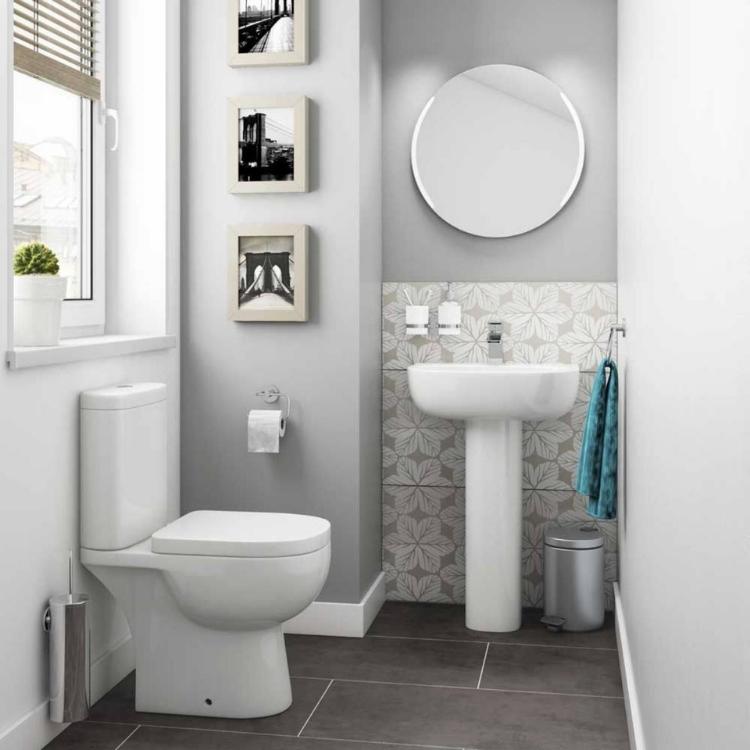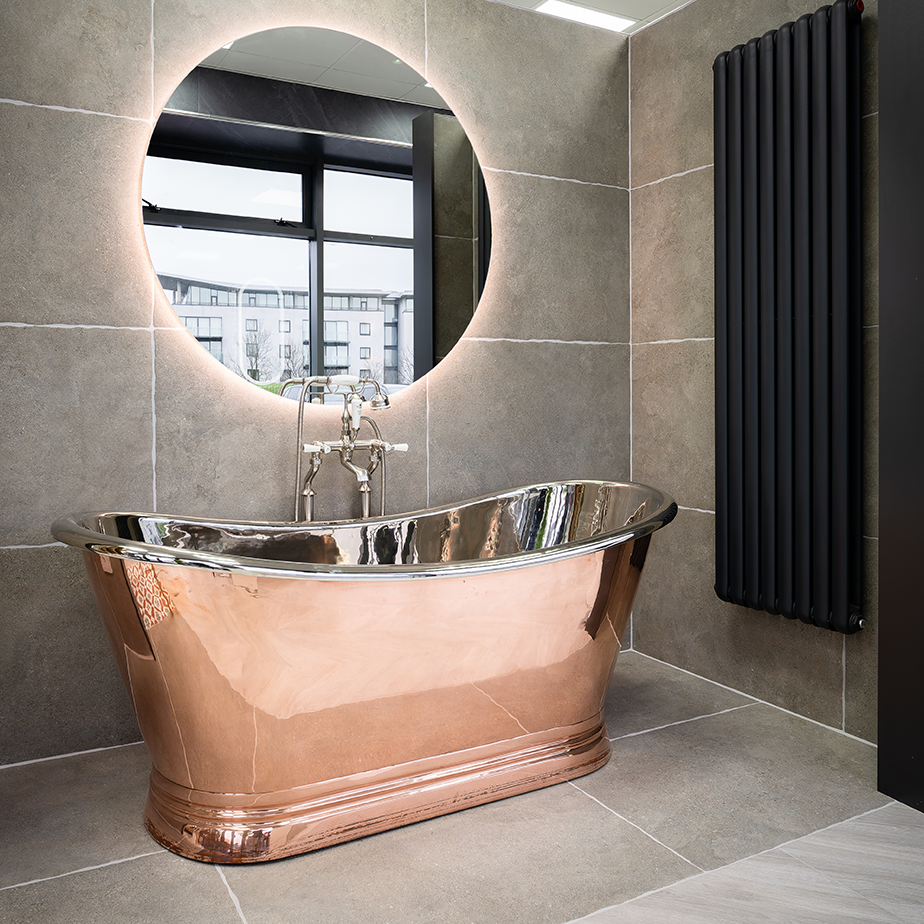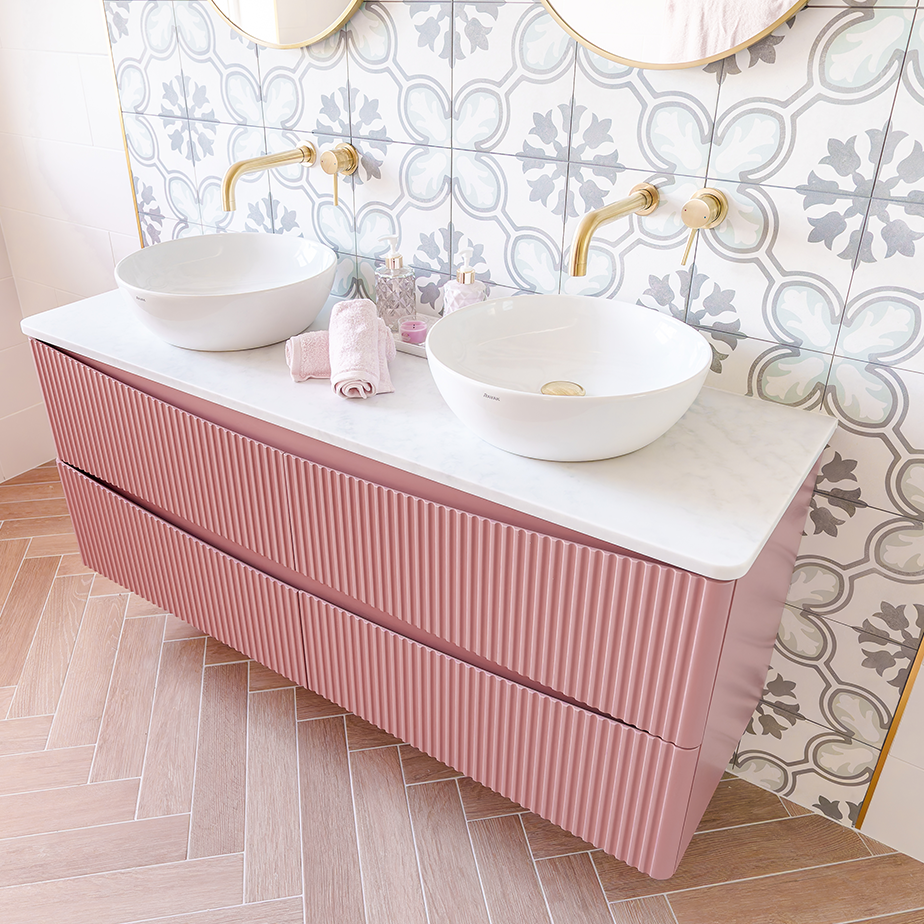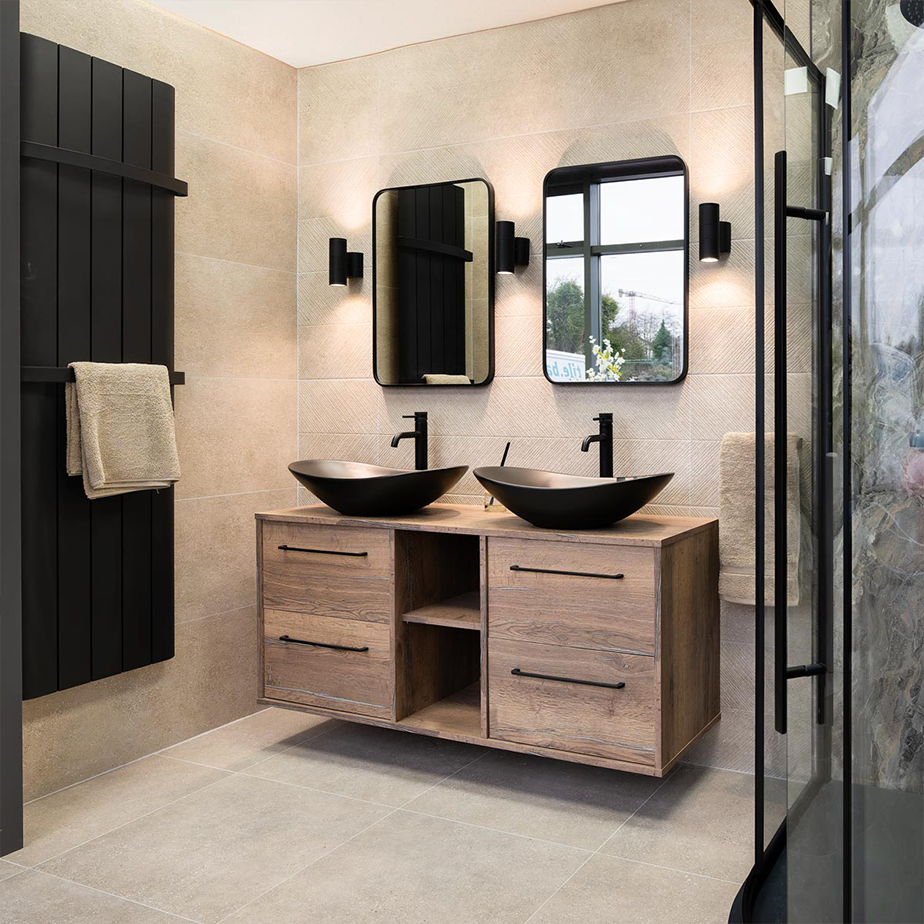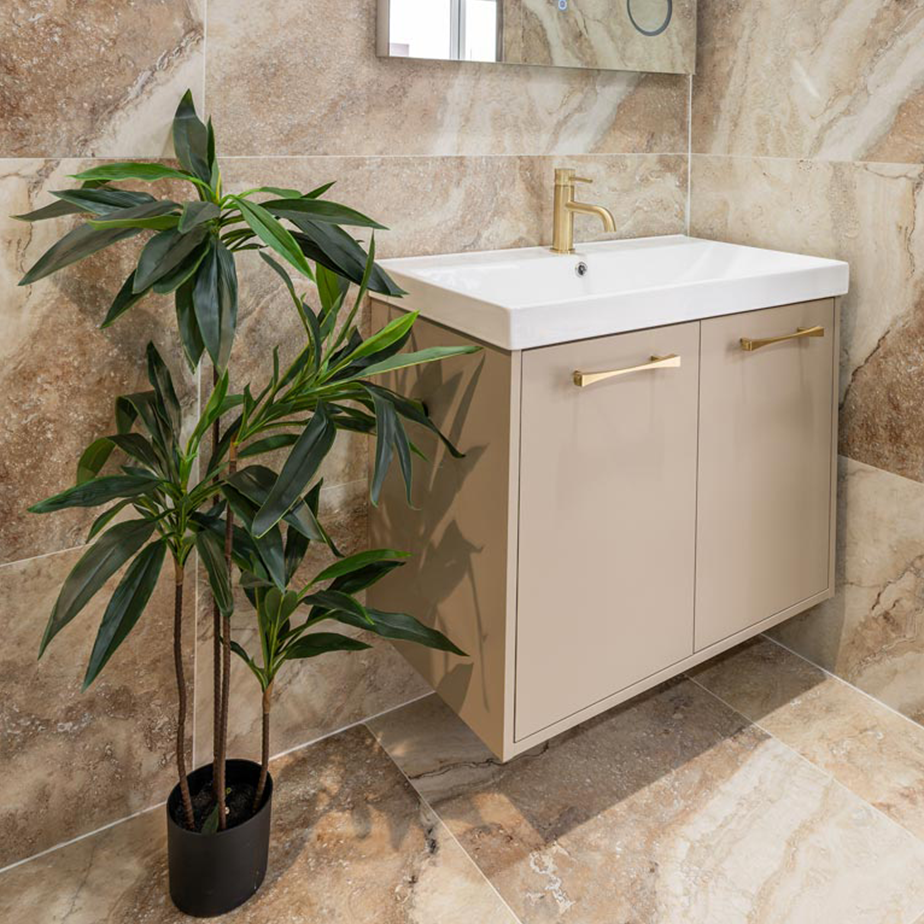How Not to Clean Your Bathroom Suite
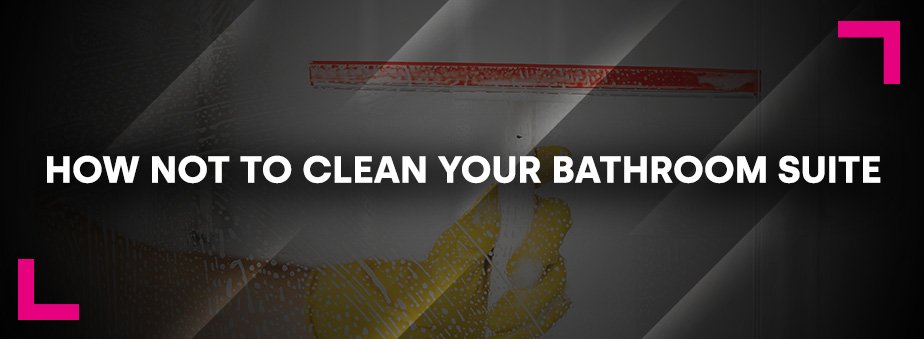
We all know you need to clean your bathroom regularly to keep it hygienic and gleaming. But did you know that there are certain ways to clean different materials like Ceramic, Porcelain or Acrylic? There are many common mistakes we all make when cleaning our bathroom, which can actually cause damage to our fixtures over time. Our handy guide will show you how not clean your bathroom suite, as well as showing you the best cleaning methods to keep your bathroom looking like new for longer.
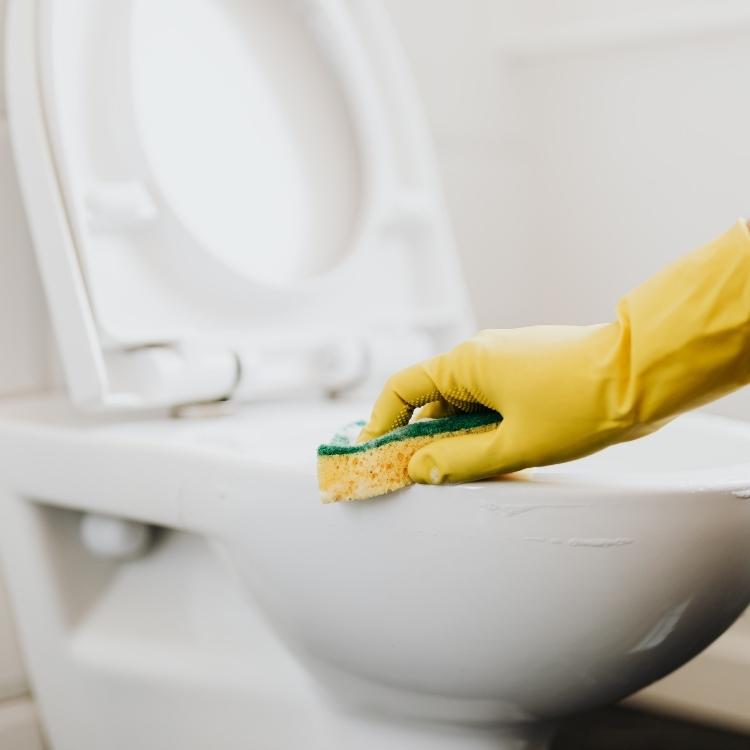
Acrylic
Most modern baths are now made from acrylic because it’s affordable, very hardwearing and excellent at retaining heat. While acrylic baths are very easy to maintain, there are cleaning techniques you can do that will extend your tub’s lifespan, and others that will greatly reduce it.
What not to do:
- To prevent damage, avoid using any solvents on your tub like acetone and acetone-based cleaners. If an accidental spill happens, rinse it away immediately.
What you should do:
- You don’t need to buy a fancy cleaner to maintain your tub - just use mild, nonabrasive cleaning agents and materials. For example, fill the tub with warm water and washing up liquid, leave it for a few minutes, then wipe down with a soft cloth or sponge. Make sure you don’t use the rough side of a sponge or any other rough cleaning tool, as this can scratch the bath.
- Baking soda is great for scrubbing stubborn stains off acrylic without scratching it. When the inside of your bath is wet, sprinkle with baking soda then spray with water. Let it sit for a few minutes, then gently scrub with a nonabrasive cloth or sponge. Rinse thoroughly afterwards to get rid of any residue.
- To keep your tub nice & shiny, you can use a little car wax a few times a year for a sparkling showroom look. This also makes the bath more water-resistant and easier to clean.
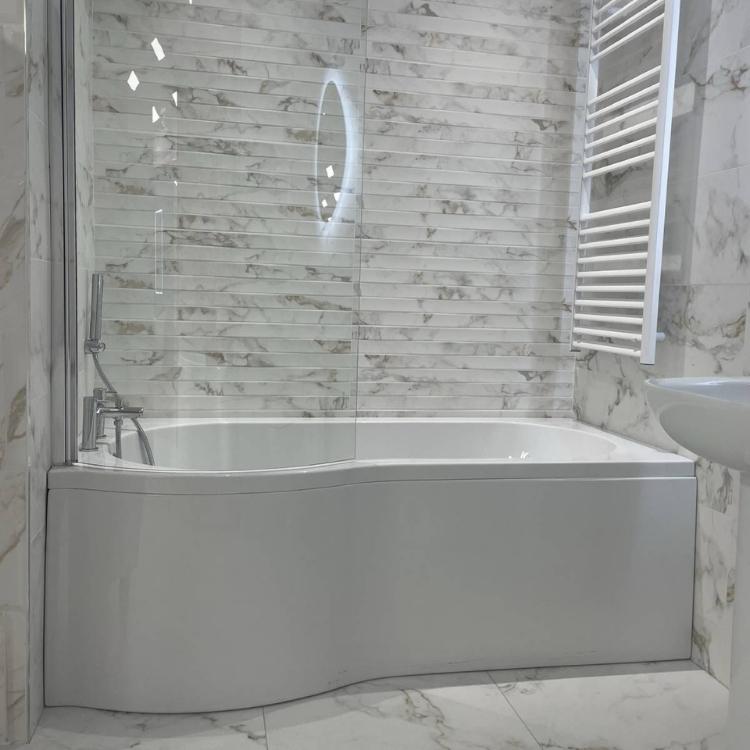
Cast Iron
Used in a selection of our Heritage Baths, cast iron is incredibly durable and well-protected against stains and general wear. This is because they are lined with a tough enamel. Although easy to clean, a cast iron bath can be damaged if cleaned in the wrong way.
What not to do:
- Don’t use abrasive cleaning materials such as scouring pads and steel wool, as these can scratch the finish. Over time, damaged enamel will collect dirt and mineral deposits, and deep scratches may need refinishing eventually.
- Avoid using acidic products – this includes vinegar and as well as certain shop-bought products that you might use for an acrylic bath. These can wear away the enamel, which discolours the tub and makes it feel unpleasant.
What you should do:
- When it comes to cleaning cast iron, little & often in key. We recommend quickly cleaning and drying your bath with a non-abrasive cloth right after using it. Doing this when your bath is still warm will prevent soap-rings, mould and mildew from forming over time.
- Tighten your taps to stop them dripping and remove your plug or waste when not us use; a dripping tap can cause staining and limescale build-up. Have your bath taps seen their day? Browse our range of compatible taps here.
- A good way of getting rid of stains from a cast iron bath is to fill it with warm water and washing up liquid, then letting it soak for 30 minutes before wiping down with a non-abrasive cloth.
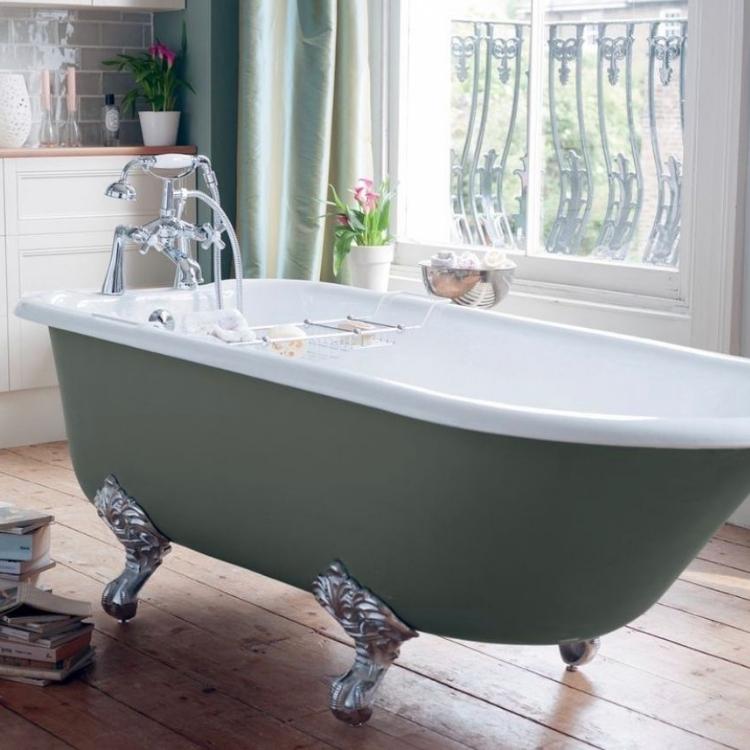
Porcelain
We stock a range of porcelain Shower Enclosures that require upkeep to keep stains and mineral deposits from forming. While porcelain is a strong material that’s pretty low maintenance, you will need to know how to clean it properly to avoid scratching it.
What not to do:
- If using a cleaning product that contains chlorine bleach, don’t use it too often, and don’t leave it on the porcelain for too long – this will eventually eat away at the material. Avoid using other abrasive cleaners that contain harsh chemicals, as they can stain and scratch the finish.
- Likewise, avoid abrasive tools like scouring pads and steel wool as they can cause scratches to form.
What you should do:
- To keep your porcelain in top condition, try to clean it weekly to prevent the build-up of dirt and soap scum.
- For surface stains and regular cleaning, wipe it down using a microfiber cloth or sponge soaked in hot water with a few squirts of washing up liquid. Apply a bit of elbow grease to extra dirty areas if needed. Rinse afterwards for a sparkling clean finish that looks just like new.
- For tougher stains and rust spots, sprinkle your porcelain with baking soda. Wet your microfibre cloth or sponge and scrub the baking soda into the porcelain in circular motions. Rinse thoroughly, then admire your handywork!
- Of course, you can also use a cleaner designed for bathrooms or showers - just check the label first to make sure it’s suitable for porcelain, and use only the recommended amount of product.
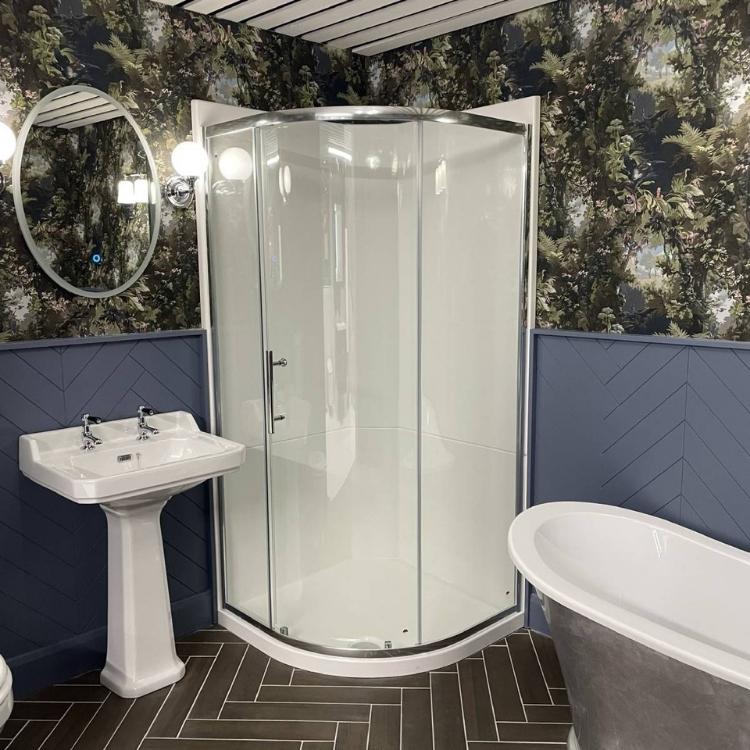
Ceramic
An extremely popular material for bathrooms, ceramic is used to make all our Basins and Toilets at Bathshack. Ceramic is very easy to clean, but you will need to know how to clean it correctly to keep the glazed finish looking sparkling new for longer.
What not to do:
- As always, do not use abrasive tools or chemicals on ceramic. Likewise, don’t use a shop bought cleaner without reading the label first to check if it’s suitable.
- For hygiene purposes, using bleach in a ceramic toilet bowl is unavoidable. However, don’t leave the bleach sitting in the bowl after applying it – quickly scrub with your toilet brush then rinse immediately with the help of the flush.
- Don’t pour boiling water into your ceramic basin on its own as this can cause it to crack. If pouring boiling water into your sink for any reason, make sure the cold tap is turned on.
What you should do:
- Clean your ceramic regularly with hot soapy water and a microfibre cloth or sponge. Regular cleaning prevents the build-up of dirt and limescale, so you won’t need to deep clean too often (this really applies to basins more than toilets). Dry and polish your ceramic afterwards to prevent marks and future limescale build-up.
- If there are mineral deposits you need get rid of, mix water with equal parts white vinegar. Apply with your cloth and rinse thoroughly afterwards.
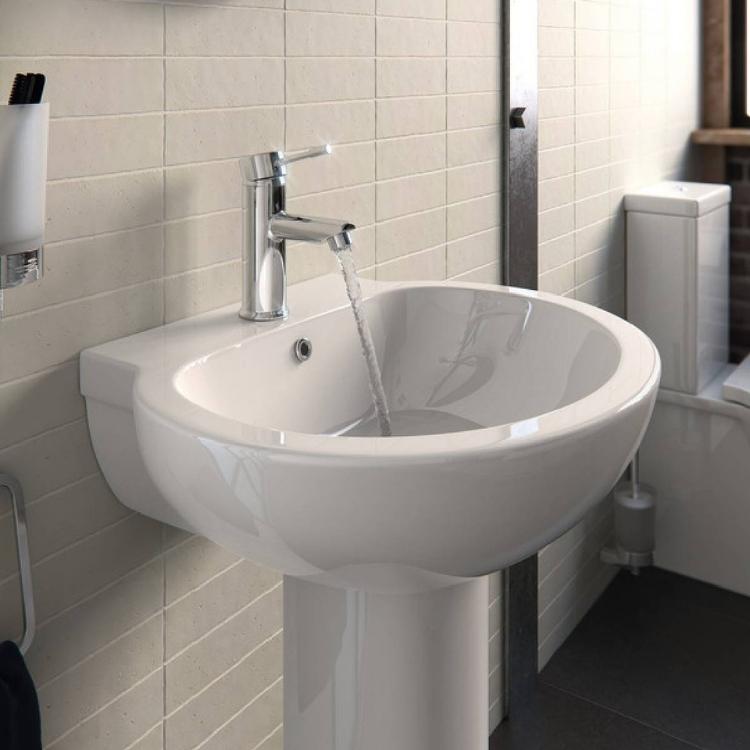
If you need more advice on maintaining your bathroom suite, don’t hesitate to speak to one our team. Pop into one of our showrooms, where our amazing staff are on hand to answer any questions you have. You can also Contact Us by phone or Request a Callback from the comfort of your own home. Happy cleaning!
